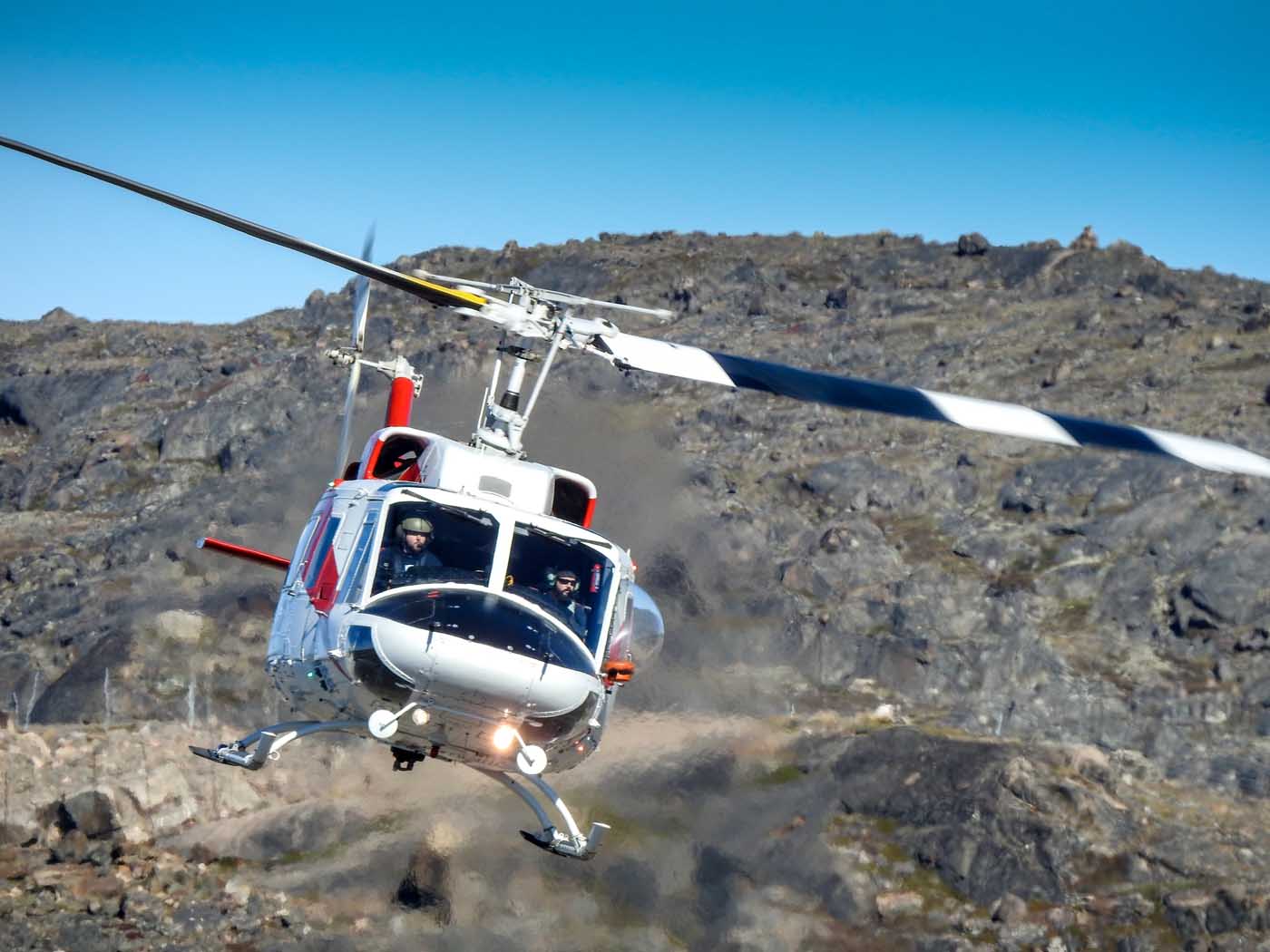On Sept. 16, 2020, the Canadian Interagency Forest Fire Centre (CIFFC) issued its final National Fire Situation Report for the 2020 season.
Published regularly between April and September, the report provides a snapshot of wildfire activity across the country. When it was issued on Sept. 16, a total of 237,134 hectares of land had been burned to date, during a Canadian fire season that will go down in history as one of the slowest anyone can remember.
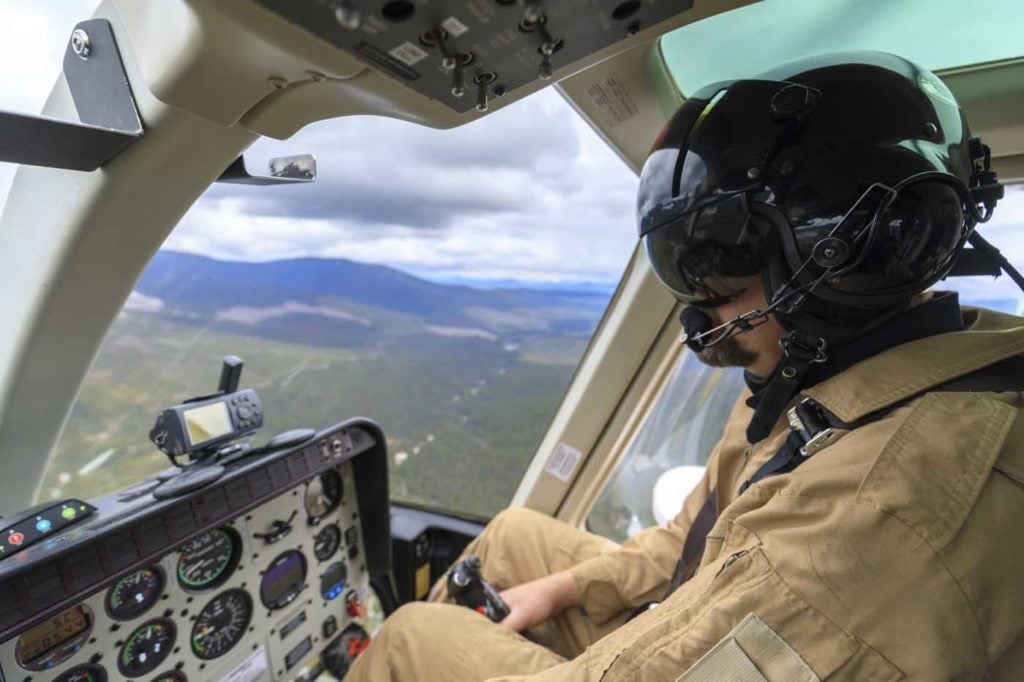
Compare that to 2019, for example, when more than 1.8 million Canadian hectares burned during the entire calendar year. With CIFFC now characterizing the fire risk across the country as low, it’s highly unlikely that 2020 numbers will change much before the end of this year.
Canadian helicopter operators don’t need CIFFC statistics to tell them it’s been a slow fire season. All they have to do is look at their balance sheets to recall that, for most of the summer, firefighting helicopters have been parked.
The lack of work has been a harsh blow for operators who survived the early months of the Covid-19 pandemic, struggling through March and April in the hopes of recouping some of those losses through summer firefighting contracts.
But the lack of fires is just one more thing factoring into what Fred Jones, president of the Helicopter Association of Canada (HAC), is calling the “perfect storm” — a tempest that he believes has put about 40 percent of his roughly 100 operator members in a very vulnerable position.
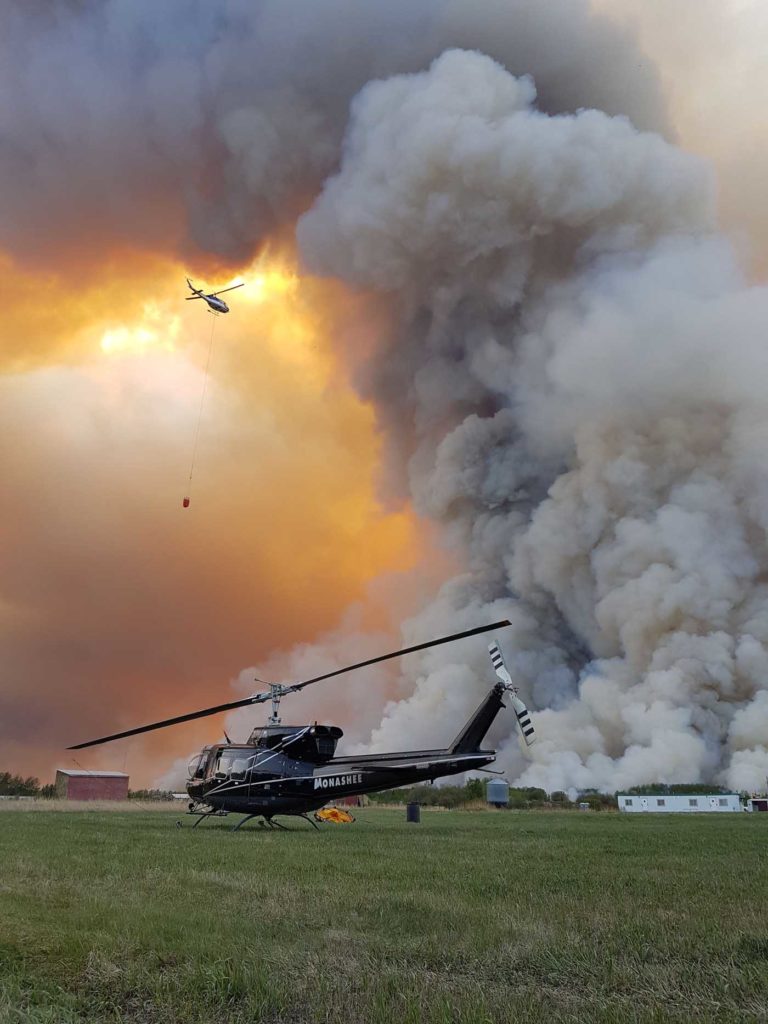
“We are bracing ourselves for some casualties in this industry,” Jones told Vertical in mid-September. “It’s been a perfect storm between the pandemic, exploration contracts cancelled or postponed, a very wet fire season, skyrocketing insurance rates and a slumping oil-and-gas sector.”
Like many other industries, he noted that more diverse helicopter operations have fared better than those whose revenues tend to come mostly from one source.
“The ones that seem to be doing best are the ones that have either longer term essential services contracts — police, pipeline, powerline, etc. — but also companies that have cultivated niche opportunities for specialized work such as aerial photography and infrared scanning. We’ve even seen some who have diversified into UAV [unmanned aerial vehicle] services.”
Some helicopter operators are looking beyond Canada’s borders for work, taking on contracts in foreign countries. Those who provide essential services are weathering the storm better than those who mostly depend on firefighting or tourism, for example.
“Social distancing assumes a whole different meaning in the context of a helicopter,” said Jones ruefully. “From a Covid-19 perspective, those who provide non-essential services are considered higher risk.”
Business, borders and barriers
With its headquarters in Valemount, B.C., Yellowhead Helicopters is about as diverse as you can get. “If it’s done with a helicopter, we’re involved,” said CEO Jacob Forman, who is also chair of the HAC.
Yellowhead operated 36 helicopters this summer from 12 operating bases in B.C. and Alberta. The company supports mineral exploration, forestry, wildfire management, medevacs, heli-tourism, film production and photography, wildlife surveys and more. Its range of capabilities has insulated Yellowhead from the worst of the current economic storm, although Forman estimated fleet activity is still down about 30 percent over last year.
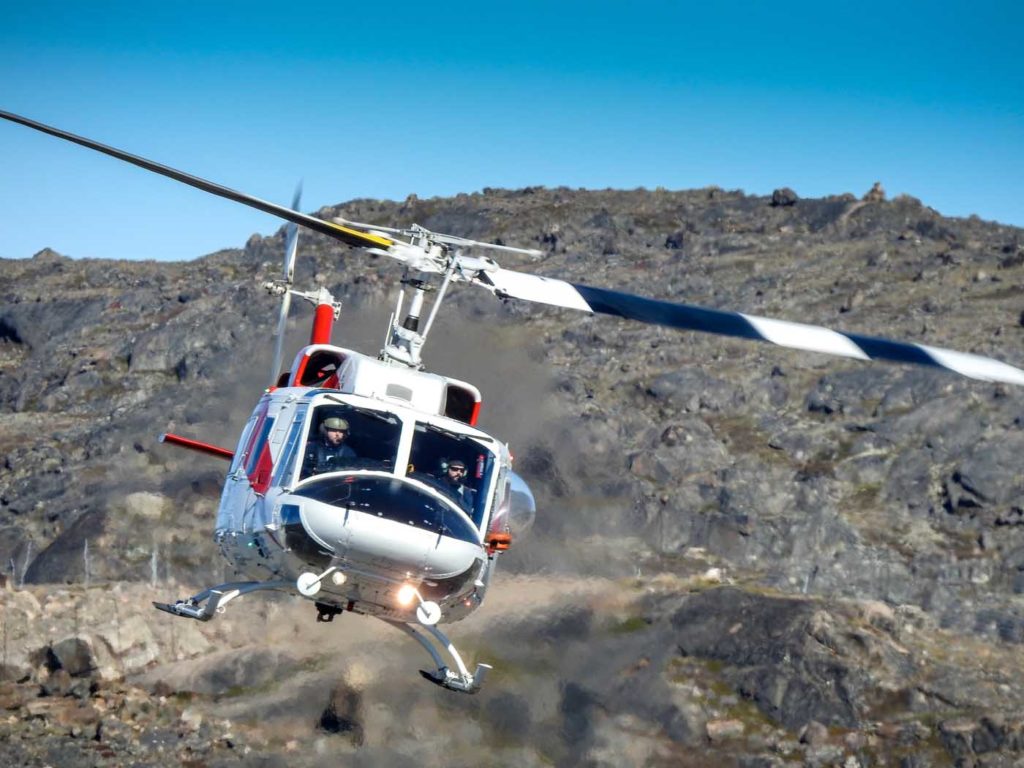
“Because of our diversity, certain aspects of our business did OK,” continued Forman. “Mineral exploration and forestry did all right. Certain commodities have risen in value, like lumber, and some metals. We’ve seen an increase in pricing, so that’s resulted in an uptick.”
But Forman characterized the Canadian wildfire season as a “complete disaster,” with a surplus of aircraft for the limited work to be done.
“Hiring was sparse at best. If your company did nothing but fight fires, you probably had a miserable year.”
He said that following a few busy firefighting years, it was apparent that some companies had grown their helicopter fleets — only to have the machines parked for most of this season.
Forman speculated that operators focused on the hard-hit sectors of oil-and-gas, tourism and firefighting might be seeing fleet utilization down by 50 percent or more compared to last year.
In a normal year, Yellowhead runs a robust heli-skiing operation. But with all tourism flights cancelled due to Covid-19, there is a lot of uncertainty about the coming season.
“When we lost heli-skiing in March, we lost over a million dollars in revenue due to border closures,” said Forman. “We decided to cancel sightseeing and heli-hiking for the rest of the year. We didn’t know what mitigation or testing measures would need to be in place in order to continue operations. Later on, during the summer, we brought in a Covid barrier to separate the front and back of the aircraft. We went through an STC [supplemental type certificate] process to have that done. I think that will be important if there is a heli-skiing season starting in December.”
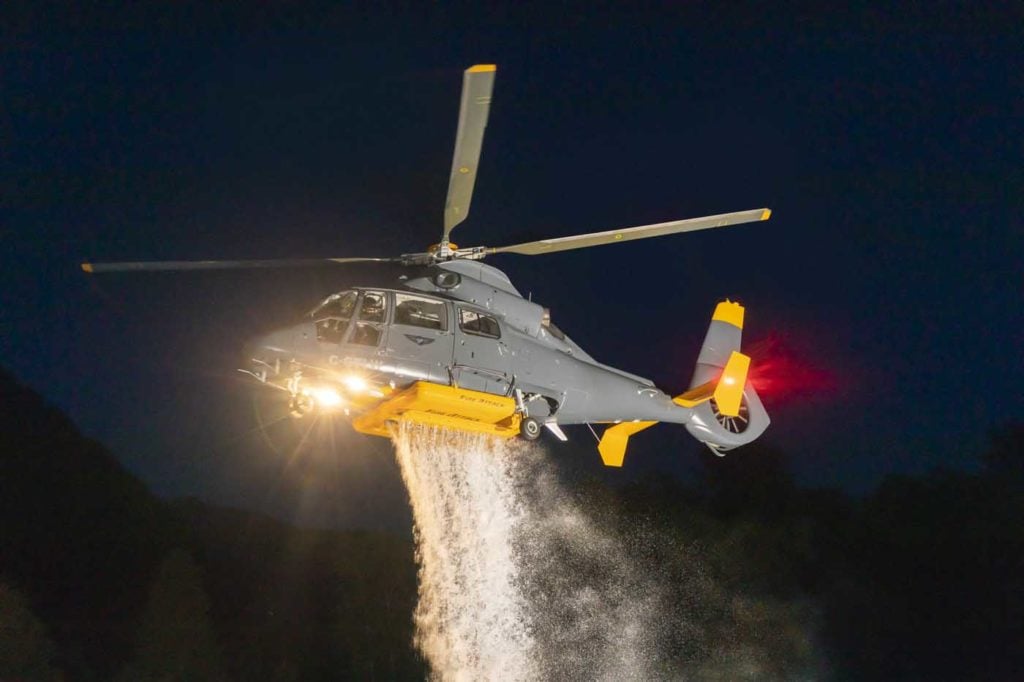
But without open borders, he added that Yellowhead will likely be forced to become a seasonal operator instead of a year-round business. And while federal wage subsidy programs were helpful through the spring and early summer, “those programs are being phased out and that’s a concern for all operators. If there are no wage subsidies and borders remain closed, it’s going to be rough.”
HAC’s Jones agreed, adding: “I know that through the CERB [Canada Emergency Response Benefit] and the CEWS [Canada Emergency Wage Subsidy], there has been some assistance our operator members can take advantage of. But as long as things are bleak, there will come a point where even having some wages subsidized will not counterbalance things — employers will have to lay off employees where there just isn’t enough work to support them.”
On Sept. 15, CTV News quoted “senior government sources” who said the Canada-U.S. border closure — first implemented in March — is expected to be extended until at least November.
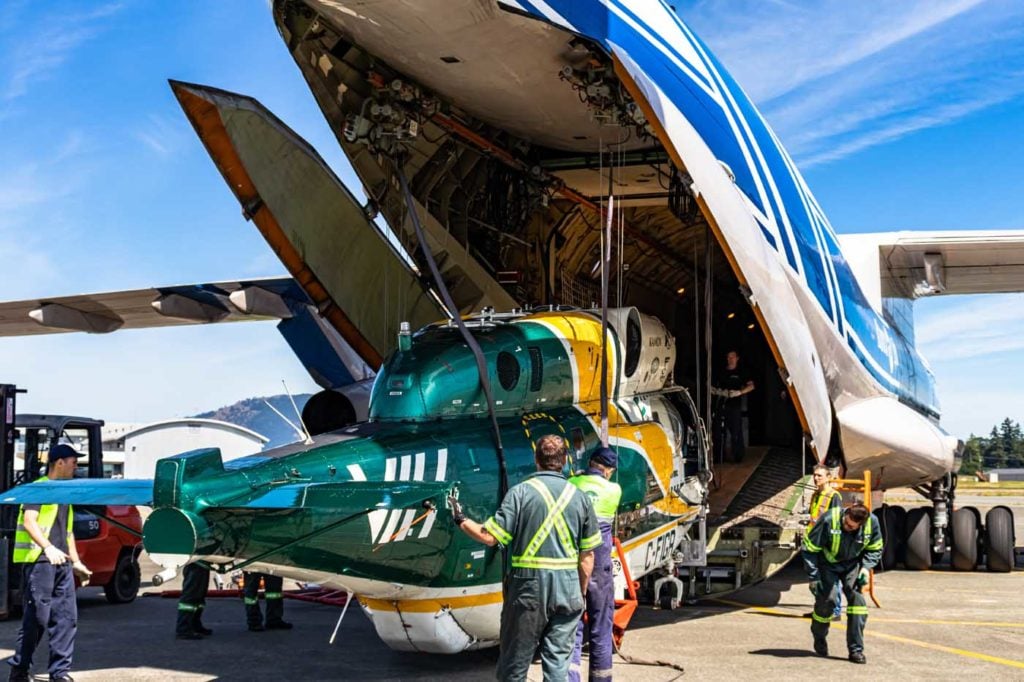
Rough road ahead
Along with its fixed-wing association counterparts, the HAC has called on Ottawa to implement sector-specific relief programs for Canadian aviation and aerospace.
Except for a few helicopter operators who have qualified for some aid because they serve and supply northern communities, those calls have fallen on seemingly deaf ears.
“We’ve had silence from the government,” said a frustrated Jones. “We are all in the same place. We send letters in and they don’t even get the courtesy of a response. And what’s more, there are some things the feds could do that would cost them nothing, but would provide significant relief.”
He pointed to the new fatigue management rules that will come into effect for major commercial airlines this December (smaller and regional operators will face implementation at the end of 2022).
“It wouldn’t cost them a penny to delay the implementation for a year for commercial airlines,” said Jones. “This after [airlines have come] through the worst nine months in Canadian commercial aviation by that time. I think there has to be a longer-term strategy. I don’t think they’re even picking the low-hanging fruit yet.”
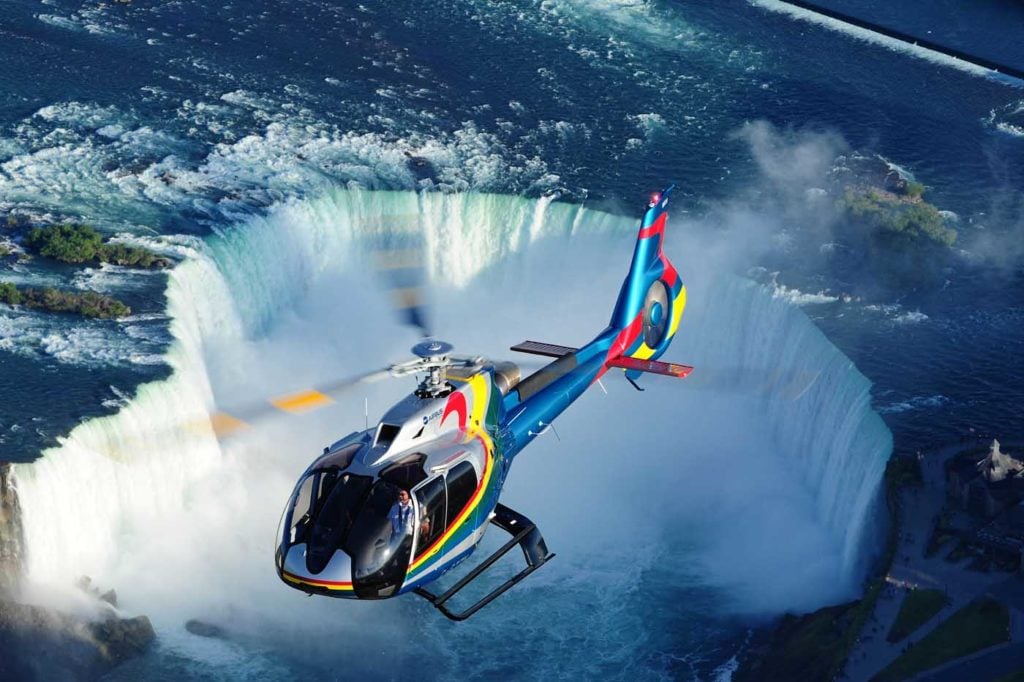
HAC is facing a rough road ahead. Jones and his team have a full slate of urgent issues to attend to, at a time when the association war chest is significantly depleted. Half of the association’s operating revenues went out the window when the annual HAC convention was cancelled due to the pandemic. At the same time, member renewals are in full swing and Jones fully expects some operators to drop from the fold.
“Even though we know many of our operators have been very loyal in good times and bad times, we know that paying the fuel bill comes higher up on the priority list than paying the association dues,” he said.
HAC has cut costs to the bone, with Jones taking a voluntary pay cut and board expenses reduced. Non-dues revenue sources are being explored, while the association tries to prepare for the post-pandemic years. Luckily, HAC does have some reserve funds — set aside during brighter years — which will definitely come in handy.
For his part, Forman pointed to the closure of Newfoundland and Labrador-based Universal Helicopters in May as the tip of the iceberg.

“I think, traditionally, if owners and financers decide to pull the plug it’s usually in the fall. There are a few larger players in the Canadian marketplace, but for the most part it’s dominated by localized smaller operations. Long term, I think you’ll see more consolidation and the closure of smaller satellite bases.”
Forman, whose parents started Yellowhead Helicopters in 1975, added that technology is also contributing to the helicopter industry’s perfect storm.
“I think helicopters are a versatile tool and there will always be a need for an aerial crane. The big question mark is how does technology change what we offer?
“Traditional inspection work is now being done by drones or satellites, and the days of timely initial attack in helicopter firefighting seem to have been replaced by more methodical, procedural dispatch — by that time, fires are larger and you need bigger equipment,” he mused.
“This industry will have to adapt all around, to make changes to our business models.”





